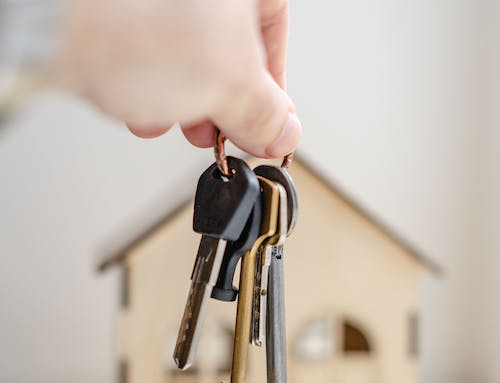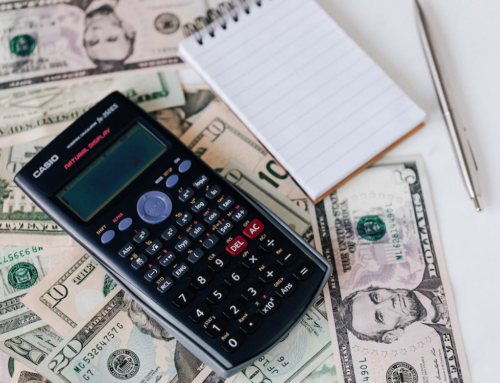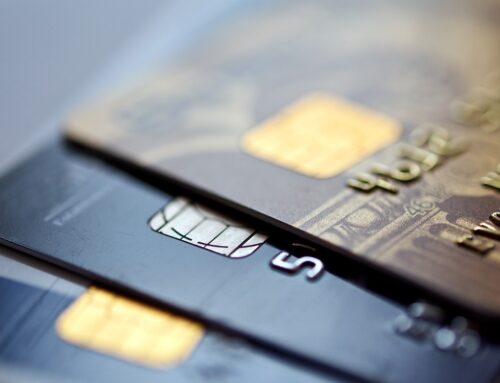If your credit card has an annual percentage rate of, say, 18 percent, that does not mean you get charged 18 percent interest once a year. Depending on how you manage your account, your efficient interest rate may be very high, or it can be very low.
It may even be zero percent. That is because interest is calculated on an everyday basis, not annually, and is charged only if you carry debt from month to month. Knowing how credit card issuers calculate interest may help you understand the true price of your debt.
We have a new service location: Now providing credit repair Charlotte NC
How does credit card interest work?
Credit card issuers charge interest on buying only if you carry a balance from 1 month to the next. If you pay the balance in full on monthly basis, then the interest rate is irrelevant, since you will not get charged interest. Clearly, paying in full is the most cost-efficient way to go, but if you carry a balance, a lower interest credit card can save you money on interest.
How to calculate credit card interest
Calculating credit card interest is a 3-step process. The video above walks you through that procedure in detail, but here is a general overview of how it works. If you want to follow along, grab your credit card billing statement. You will need some info about it.
1. Convert your APR to an everyday rate
2. Find your average everyday balance
3. Calculate your interest charges
Convert annual rate to daily rate
Your interest rate is recognized on your statement as the annual percentage rate or APR. Since interest is calculated on an everyday basis, you will need to convert the APR to an everyday rate. Do that by dividing by 365. A few banks divide by 360; for our purposes, the difference is not worth worrying about, as it changes the outcome by a hair. The result is known as the periodic interest rate, or sometimes the everyday periodic rate.
Determine your average everyday balance
Your statement will tell you which days are involved in the billing period. The interest charge will depend on the balance on each of those days.
You begin with your unpaid balance — the amount carried over from the previous month. When you do a purchase, the balance will go up and when you do a payment, it will go down. Using the transaction info on your statement, go through the billing period, day by day, and write down every day’s balance. Once you have got that done, add up all the everyday balances and then divide by many days in the billing period. The result is your average everyday balance.
Calculate your interest charges
Now that you found both your average everyday balance and everyday rate, you can calculate interest charges. This can be done by multiplying your average everyday balance by the everyday rate, then multiplying that amount by many days in your billing cycle. Depending on whether your issuer compounds interest every day or every month, your usual interest charge may differ slightly from this calculated amount. Compounding is the procedure of adding the accrued interest into your unpaid balance so that you’re paying interest on interest. Compounding is the reason you can pay more than your APR in interest. For instance, say your average everyday balance was precisely $1,000 for the whole year. If the bank had an 18 percent interest charge once at the end of the year, you did pay $180. But since your interest compounds, you did be the hook for something closer to $195.
When interest is charged
If you do not pay your closing balance in full by the due date that’s if you pay them at least the amount shown on your statement, make a partial payment, or do not pay on time you’ll be charged interest and lose your interest-free period. If you lose your interest-free period, will charge interest on the unpaid balance from the day after your payment due date shown on your statement, unless you repay in full. Any new buying you make will incur interest from the day you make them unless they’re paid off.
How to stop paying interest
The easy way to avoid paying interest is to pay your statement’s closing balance on time, and not make any cash advances. If you are paying interest on buying, you can regain your interest-free period by:
- Paying your account balance in full to get interest-free on all purchases from that day. This’s everything you owe up unless today, involving any purchases you have made since your last statement.
- Paying your closing balance in full by the due date shown on your statement to get interest-free on new buying in your next statement period. It is the amount that you owe from the last statement period.
Do you know your credit score?
Most people don’t. In fact, a lot of people are surprised when they find out their score is lower than they thought. That’s where we come in – MastersCredit.com can help you determine exactly what’s hurting your credit so that the steps to fix it are clear and simple! We’re a credit repair company, so take our free online credit consultation evaluation today, or call 1-844-620-8796 for more information.
You deserve to have great credit! It’s not only important for big things like getting a loan or buying a house, but also for everyday things like renting an apartment or setting up utilities. Let us help you get your credit back on track so you can enjoy life without worrying about your finances.
[wpi_designer_button slide_id=6350]
Note: The information on this website is for general purposes only and does not constitute financial or legal advice.







Leave A Comment